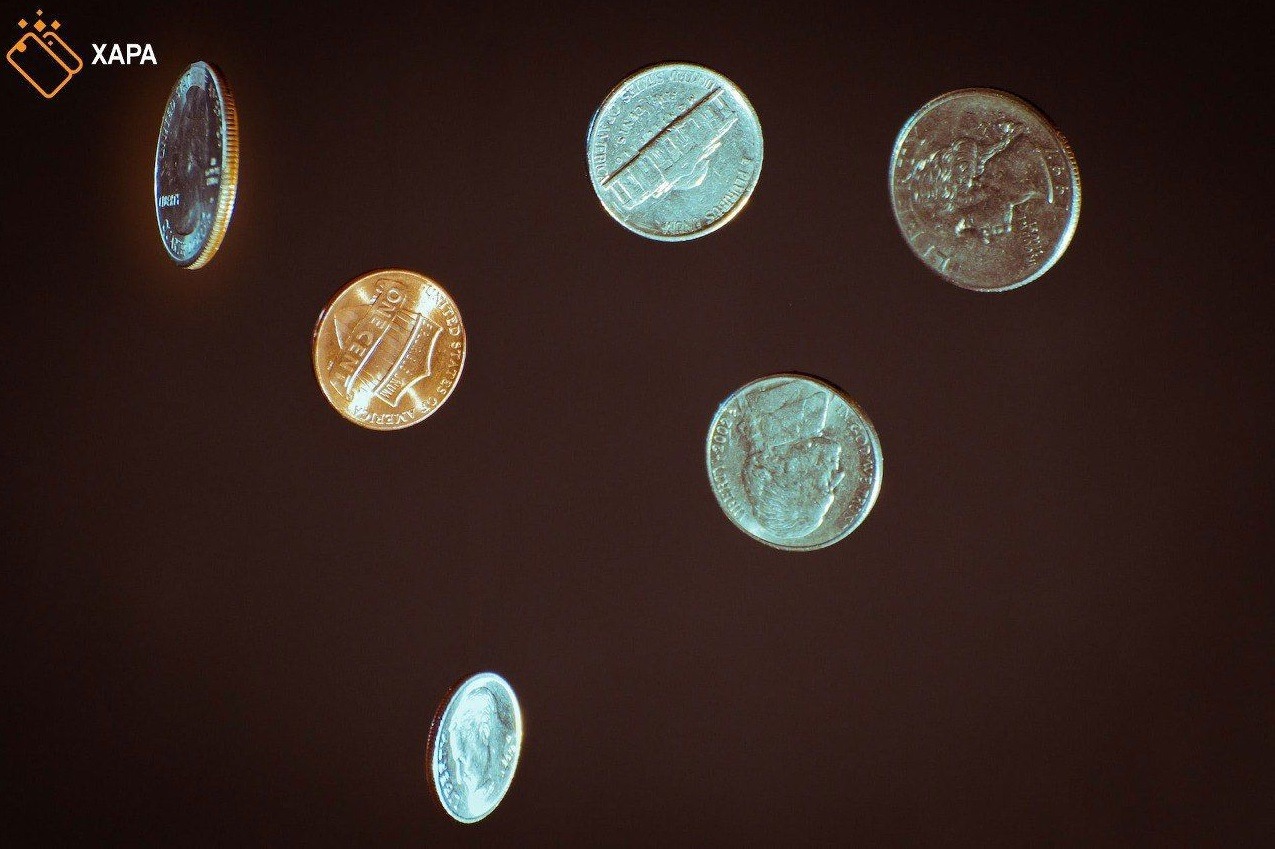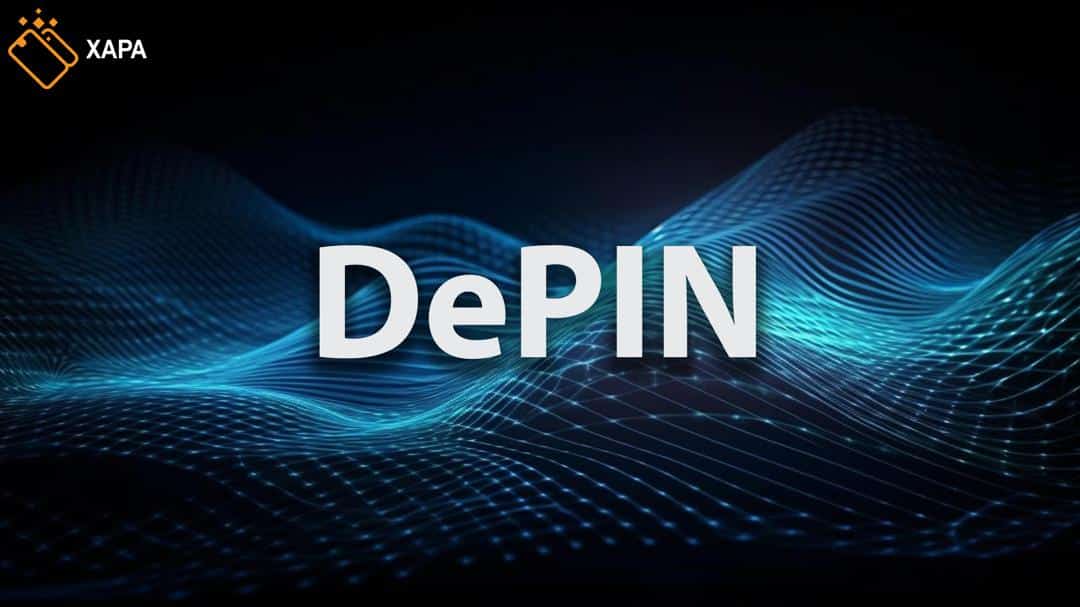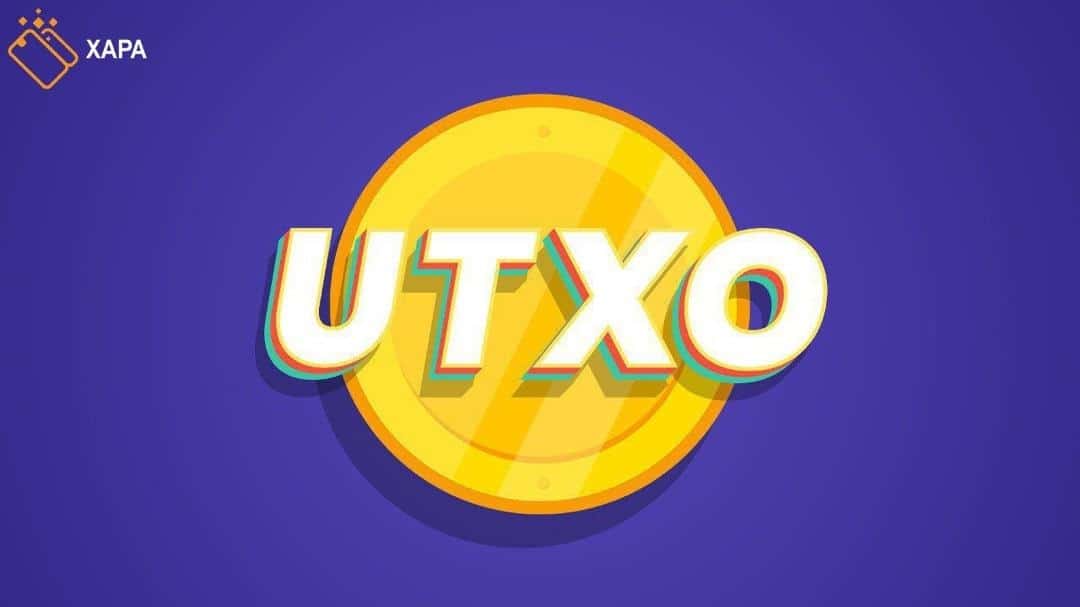
Proof of Reserves, And All You Need To Know
About Them
Ever since the notorious crypto exchange FTX collapsed, proof of reserves has been the talk of the investor community, and made them demand exchanges provide reliable attestations of their crypto holdings.
In this article, we will discuss proof of reserves and their importance to the crypto community.
What is proof of reserves?
Proof of reserves (PoR) is a method used by crypto firms and trading platforms that verifies they actually have 1:1 backing across the digital assets they hold on behalf of their customers. Asset backing is the most common method used by stable coins. It refers to the total amount of a particular token in circulation with respect to the number of assets backing it. In simpler terms, if a token is backed 1:1, there are assets worth an
equivalent amount backing every token.
In order for firms to help investors understand a centralized exchange’s state of finances and whether they have sufficient funds matching customer deposits, they often have third party organizations conduct the attestation for them, and a large amount of different kinds of attestations have been executed since the trend has emerged.
Let’s have a look at two of the most efficient and popular methods among exchanges:
Merkle tree-based proof of reserves
In this method, a PoR protocol integrates large amounts of data into a single hash and then verifies the integrity of the data set to execute an attestation using a Merkle Tree proof. More surprisingly, some exchanges offer real-time attestations that allow investors at any time to ensure funds are actually by an exchange, which is a great advantage.
“Automated verification” by Chain link Labs
As the title says, Chainlink Labs uses its own version of a proof of reserves system, in which by linking Chainlink nodes to an exchange’s vault addresses, API, and a PoR smart contract, allows investors to check whether crypto reserves of an exchange are equal to its liabilities. Its blockchain-agnostic system provides liable data at any time, or how much is staked, borrowed, and deposited at a particular protocol. Chainlink also allows
other exchanges to use its attestation system to provide security for their customers.
Although some may disagree, proof of reserves has clearly proven to be a step in the right direction, which by cryptographically proving that a company has sufficient liquidity, ensures customers that their funds are safe.
Follow us on social media and stay tuned for more!






Robertbiafe
Leading the charge in international pharmacy standards.
buying cheap lisinopril without rx
They bridge global healthcare gaps seamlessly.
BryanDraph
This international pharmacy offers top-tier service globally.
can i purchase generic cytotec prices
Helpful, friendly, and always patient.
BryanDraph
Their international patient care is impeccable.
buying clomid price
A beacon of trust in international pharmacy services.
BryanDraph
Their worldwide delivery system is impeccable.
order generic clomid
A pharmacy that truly understands international needs.